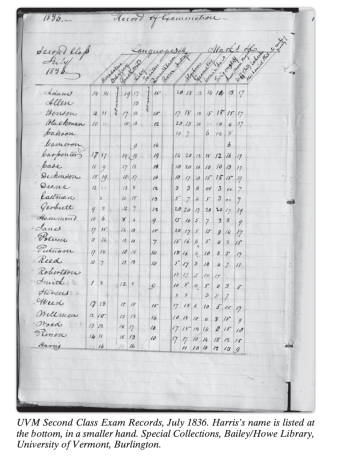QB prototype changes
About 6’4″, 225 pounds with a laser arm, pass-first mentality and boyishly good looks. For years this has served as the prototype for fans of the NFL quarterback.
Glancing over the successes of elite collegiate programs utilizing the running quarterback, from Oregon to Ohio State to whatever program Rich Rodriguez is at this year, it seemed taboo to design an offense with a quarterback’s legs at heart. Then, in 2012, everything changed.
It began when the Redskins ponied up – to the tune of three firsts and a second round pick – and gave Mike and Kyle Shanahan a new toy with Robert Griffin III. As the most polished and mobile QB, arguably ever, Griffin flourished as they incorporated professional and collegiate ideologies to their pistol offense.
The Redskins made the read option a staple of their offense, forcing their opponents to account for all six eligible players on every snap. Griffin’s exceptional ball handling skills gave defenses fits just trying to dissect whether he or Alfred Morris had the ball.
Then they installed play action off of it, forcing linebackers to choose between stopping Alfred Morris and RG3 on the ground, or the receiver running free behind them. Griffin threw for 3200 yards and 20 touchdowns to just five interceptions, he also tacked on 815 yards with seven more scores via the ground.
Their success did not go unnoticed. Midway through the season Pete Carroll and the Seahawks began using the read option with their unconventional quarterback Russell Wilson. Standing only 5’10” but blessed with the speed to run a 4.55 40-yard dash, the Seahawks offense exploded upon its arrival.
Their success with the option was highlighted by their playoff victory against the Redskins where the ‘Hawks ran for a franchise playoff record 224 yards. They averaged 10 yards per rush on option plays and only 4.4 on others.
Meanwhile in San-Francisco, the 49ers are riding their read option to a Super Bowl birth. Second year quarterback Colin Kaepernick got his chance when Alex Smith was knocked out against the Rams and forced to miss the following game due to the NFL’s concussion policies.
Kaepernick ran for 66 yards in relief duty against St. Louis, threw for 243 yards against the vaunted Bears defense, and hasn’t looked back since. Bite on the ball in the tailbacks belly and you’ll have just enough time to see the quarterback fly past you. Just ask Clay Matthews, he’s still trying to figure out who has the ball.
Ever since Michael Vick broke into the NFL and his polarizing play-style enamored NFL fans, these changes have been in motion. Vick made it okay for quarterbacks to want to run, and the trio of RG3, Kaepernick and Wilson made it okay for coaches to design an offense on the threat of their quarterback’s legs.
Fittingly, the NFL’s first legitimate “college style” coach, Chip Kelly, is the new head honcho in Philadelphia. This trend will only snowball and become more prominent in the coming years.
Take any promising high school quarterback with great athleticism, someone who is also capable of playing another position traditionally associated with speed and elusiveness.
Twenty years ago you’d have been wise to focus on another position, a quarterback with that skill-set wasn’t expected to make it to the NFL. Your ceiling was capped as the quarterback of a successful college program where you wouldn’t see a penny compared to the millions you brought to your university.
The rise of the mobile quarterback is imminent. However, this is not to say it will lead to the death of the classic pocket quarterback. A running quarterback carries a significantly higher risk of injury, we saw this with RG3. Some teams won’t want to put their franchise on the line with a running play when a quality, traditional quarterback is available.
However, simply being big, tall and strong armed — boyishly good looks preferred — may not push you into the first round anymore. Call it the death of the JaMarcus Russells and Blaine Gabberts – something we can all get behind.







